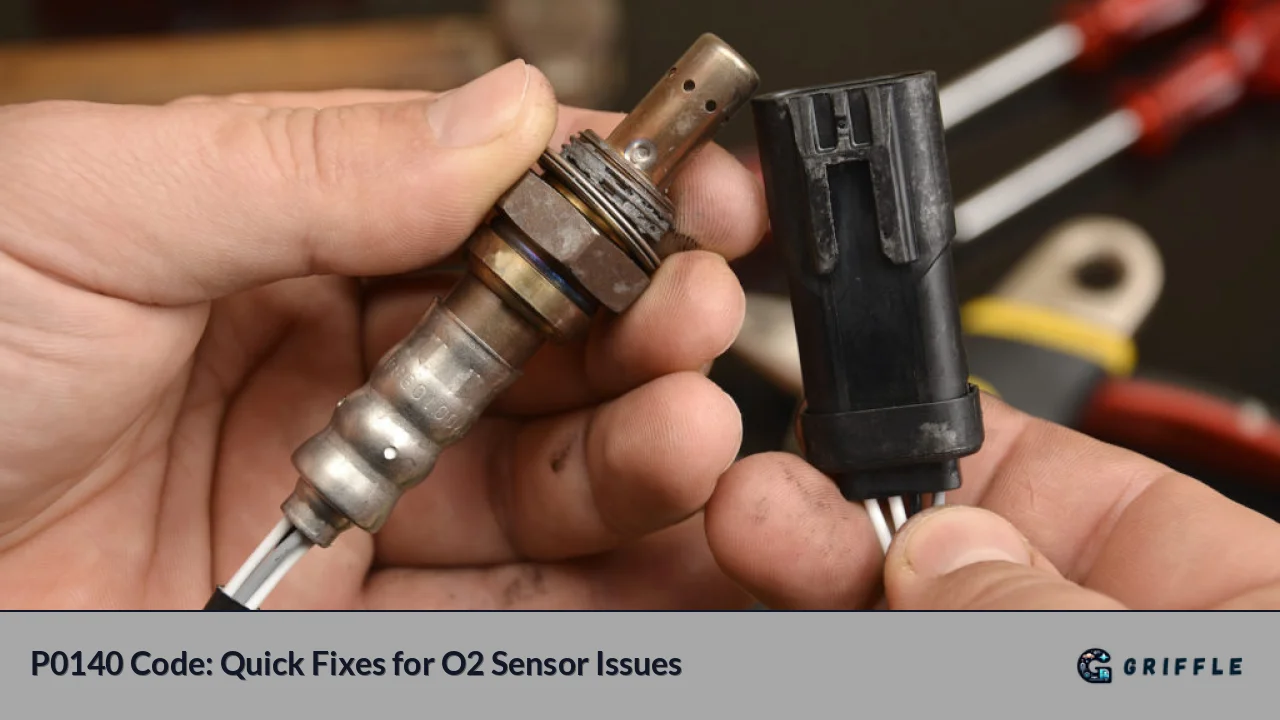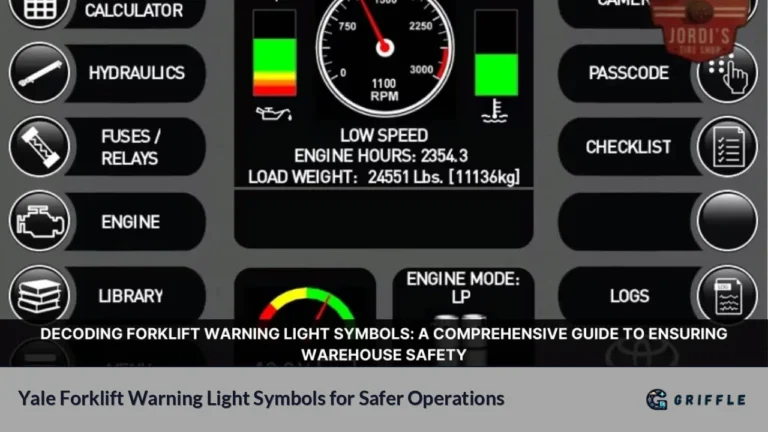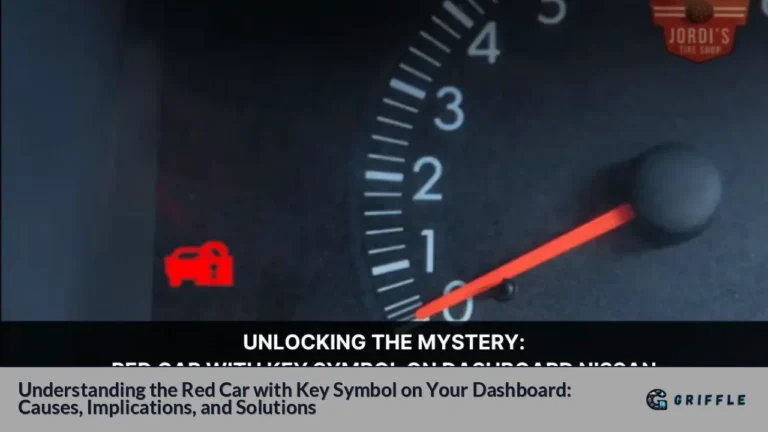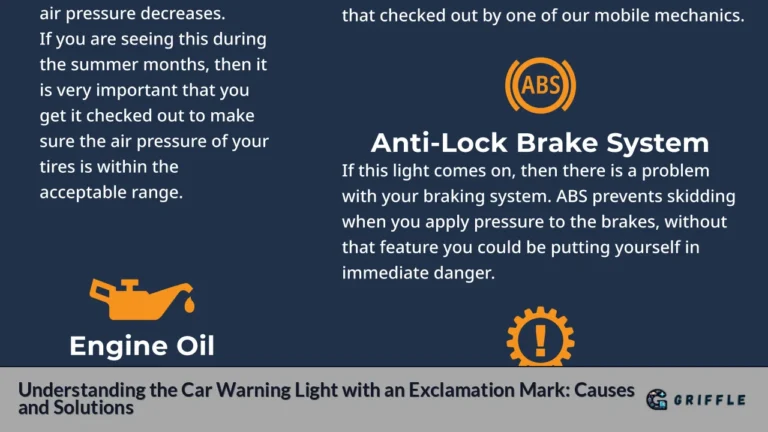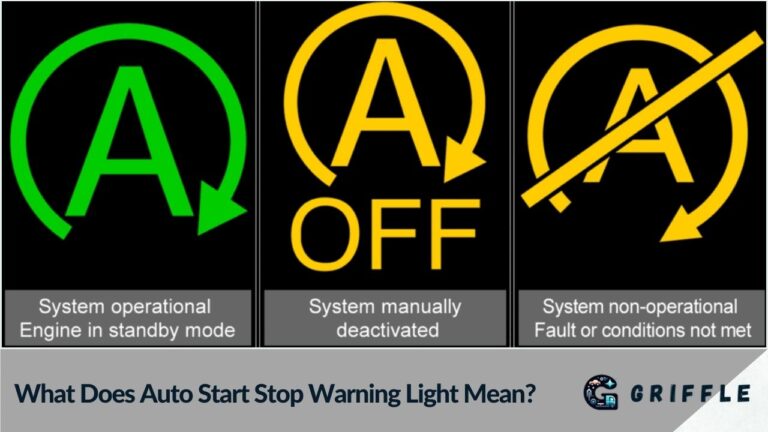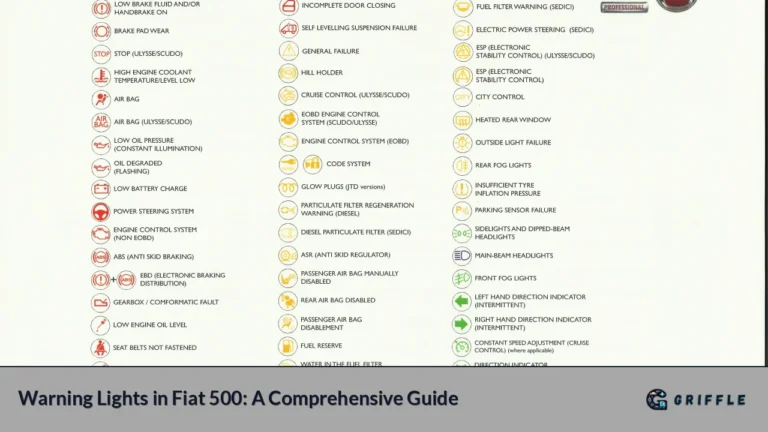If you've encountered the P0140 code in your vehicle, you're not alone. This diagnostic trouble code can be a source of frustration for many drivers, but with the right knowledge and approach, it's a problem that can be solved efficiently. In this comprehensive guide, we'll dive deep into the causes, symptoms, and most importantly, the solutions for the P0140 code.P0140 Code Overview Description Definition O2 Sensor Circuit No Activity Detected (Bank 1, Sensor 2) Severity Moderate Common Symptoms Check Engine Light, Potential Emissions Test Failure Typical Causes Faulty O2 Sensor, Wiring Issues, Exhaust Leaks
Understanding the P0140 Code
The P0140 code is a generic OBD-II code that indicates a problem with the oxygen sensor circuit, specifically for Bank 1, Sensor 2. This sensor is typically located after the catalytic converter and plays a crucial role in monitoring the efficiency of the emissions system.
Key Information: The "Bank 1" refers to the side of the engine that contains cylinder number one, while "Sensor 2" indicates it's the downstream oxygen sensor, positioned after the catalytic converter.
The Role of Oxygen Sensors
Oxygen sensors are vital components in modern vehicles, responsible for measuring the oxygen content in the exhaust gases. This information is used by the engine control module (ECM) to adjust the fuel-to-air ratio, ensuring optimal engine performance and emissions control.
The P0140 code specifically relates to the downstream O2 sensor, which primarily monitors the efficiency of the catalytic converter. When this sensor fails to show activity, it can indicate several potential issues within the vehicle's exhaust system.
Common Causes of the P0140 Code
Understanding the root causes of the P0140 code is crucial for effective diagnosis and repair. Here are the most common reasons this code may appear:
- Faulty Oxygen Sensor: The most frequent cause is a malfunctioning O2 sensor. Over time, these sensors can degrade or become contaminated, leading to inaccurate readings or no activity at all.
- Wiring Issues: Damaged, corroded, or loose wiring in the O2 sensor circuit can prevent proper communication between the sensor and the ECM.
- Exhaust Leaks: Leaks in the exhaust system can allow additional oxygen to enter, skewing the sensor readings and potentially triggering the P0140 code.
- Catalytic Converter Problems: A failing catalytic converter can affect the readings of the downstream O2 sensor, leading to a P0140 code.
- ECM Issues: In rare cases, the problem may lie with the Engine Control Module itself, misinterpreting signals from a functioning O2 sensor.
Symptoms Associated with P0140
While the P0140 code primarily affects the emissions system, it can manifest in various ways. Here are the most common symptoms you might experience:
- Check Engine Light: The most obvious sign will be an illuminated Check Engine Light on your dashboard.
- Failed Emissions Test: Since the O2 sensor plays a crucial role in emissions control, a P0140 code can lead to a failed emissions test.
- Decreased Fuel Efficiency: Although not always noticeable, a malfunctioning O2 sensor can lead to suboptimal fuel consumption.
- Rough Idle or Hesitation: In some cases, you might experience a rough idle or slight hesitation during acceleration.
It's important to note that many drivers may not notice any drivability issues with a P0140 code, as it primarily affects the emissions system rather than engine performance.
"I had a P0140 code on my 2003 Chevy. The check engine light was on, but the car seemed to run fine. Still, I failed my emissions test because of it."
Diagnosing the P0140 Code
Proper diagnosis is crucial for effectively addressing the P0140 code. Here's a step-by-step approach to diagnosing the issue:
- Verify the Code: Use an OBD-II scanner to confirm the P0140 code and check for any additional codes that might be present.
- Visual Inspection: Examine the O2 sensor and its wiring for any visible damage, corrosion, or loose connections.
- Check Exhaust System: Inspect the exhaust system for any leaks, particularly near the O2 sensor and catalytic converter.
- Test the O2 Sensor: Use a multimeter to test the O2 sensor's heater circuit and signal output. A properly functioning sensor should show fluctuating voltage between 0.1 and 0.9 volts.
- Wiring Continuity Test: Check the continuity of the wiring between the O2 sensor and the ECM to ensure there are no breaks or short circuits.
Pro Tip: If you're not comfortable performing these tests yourself, it's best to consult with a professional mechanic who has experience with emissions-related issues.
Solving the P0140 Code: Step-by-Step Guide
Once you've diagnosed the issue, follow these steps to resolve the P0140 code:
1. Replace the Oxygen Sensor
If the diagnosis points to a faulty O2 sensor, replacement is often the most straightforward solution.
- Locate the downstream O2 sensor (Bank 1, Sensor 2) in your vehicle.
- Disconnect the sensor's electrical connector.
- Use an O2 sensor socket to remove the old sensor.
- Install the new sensor, being careful not to overtighten.
- Reconnect the electrical connector.
Important: Always use a high-quality, OEM-equivalent oxygen sensor for replacement to ensure proper function and longevity.
2. Repair Wiring Issues
If wiring problems are detected:
- Repair any damaged wires using proper automotive-grade wire.
- Clean corroded connections with electrical contact cleaner.
- Ensure all connections are secure and properly insulated.
3. Address Exhaust Leaks
For exhaust leaks:
- Locate the source of the leak.
- Replace damaged exhaust components or gaskets as necessary.
- Consider using high-temperature exhaust sealant for minor leaks.
4. Check and Replace Catalytic Converter
If the catalytic converter is suspected:
- Inspect the converter for physical damage or clogging.
- Replace the catalytic converter if necessary, ensuring you use a compatible model for your vehicle.
5. Clear the Code and Retest
After performing the necessary repairs:
- Use an OBD-II scanner to clear the P0140 code.
- Drive the vehicle for several miles to allow the ECM to run its diagnostic tests.
- Recheck for codes to ensure the P0140 has not returned.
"After replacing my O2 sensor and clearing the code, I drove about 50 miles. The check engine light stayed off, and I passed my emissions test with flying colors!"
Preventing Future P0140 Codes
To avoid recurring P0140 codes, consider these preventive measures:
- Regular Maintenance: Follow your vehicle's recommended maintenance schedule, including timely replacement of wear items like spark plugs and air filters.
- Use Quality Fuel: Consistently using high-quality fuel can help prevent buildup and contamination in your engine and exhaust system.
- Address Check Engine Lights Promptly: Don't ignore warning lights, as minor issues can escalate if left unattended.
- Periodic Inspections: Have your exhaust system inspected regularly for early signs of leaks or damage.
The Impact of P0140 on Vehicle Performance and Emissions
While the P0140 code primarily affects the emissions system, its impact on overall vehicle performance shouldn't be underestimated. Here's a closer look at how this code can affect your vehicle:
| Aspect | Impact | Severity |
|---|---|---|
| Fuel Efficiency | Slight to moderate decrease | Moderate |
| Emissions | Increased pollutants | High |
| Engine Performance | Minimal impact in most cases | Low |
| Long-term Engine Health | Potential for increased wear if left unaddressed | Moderate |
Understanding these impacts underscores the importance of addressing the P0140 code promptly, even if you're not experiencing noticeable drivability issues.
When to Seek Professional Help
While many P0140 issues can be resolved with DIY methods, there are situations where professional assistance is recommended:
- Complex Diagnostics: If initial diagnostics don't clearly identify the problem, a professional's expertise and advanced tools may be necessary.
- Persistent Code: If the P0140 code returns after your attempted fixes, it could indicate a more complex issue.
- Multiple Codes: When P0140 appears alongside other codes, it may point to a broader system issue requiring comprehensive diagnosis.
- Lack of Proper Tools: Some repairs require specialized tools that the average DIY mechanic may not have access to.
Remember: A professional mechanic can often diagnose and repair the issue more quickly, potentially saving you time and preventing further complications.
Conclusion: Mastering the P0140 Code
The P0140 code, while potentially frustrating, is a manageable issue with the right approach. By understanding its causes, recognizing its symptoms, and following a systematic diagnostic and repair process, you can effectively resolve this problem and keep your vehicle running efficiently.
Remember, the key to dealing with any OBD-II code is prompt attention and thorough diagnosis. Whether you choose to tackle the issue yourself or seek professional help, addressing the P0140 code quickly will help maintain your vehicle's performance, fuel efficiency, and environmental compliance.
Stay proactive with your vehicle maintenance, and don't hesitate to dig deeper when warning signs appear. With the knowledge gained from this guide, you're well-equipped to handle the P0140 code and keep your vehicle in top condition.
FAQs
- Can I drive my car with a P0140 code?
Yes, but it's not recommended long-term. Address the issue promptly to avoid potential damage and emissions problems. - How much does it cost to fix a P0140 code?
Costs vary, typically ranging from $100-$500, depending on the cause and whether you DIY or seek professional help. - Will a P0140 code clear itself?
It's unlikely. The code usually requires fixing the underlying issue and then clearing it with an OBD-II scanner. - How often should oxygen sensors be replaced?
Generally, every 60,000 to 90,000 miles, but consult your vehicle's manual for specific recommendations. - Can a bad catalytic converter cause a P0140 code?
Yes, a failing catalytic converter can affect O2 sensor readings and trigger a P0140 code.
